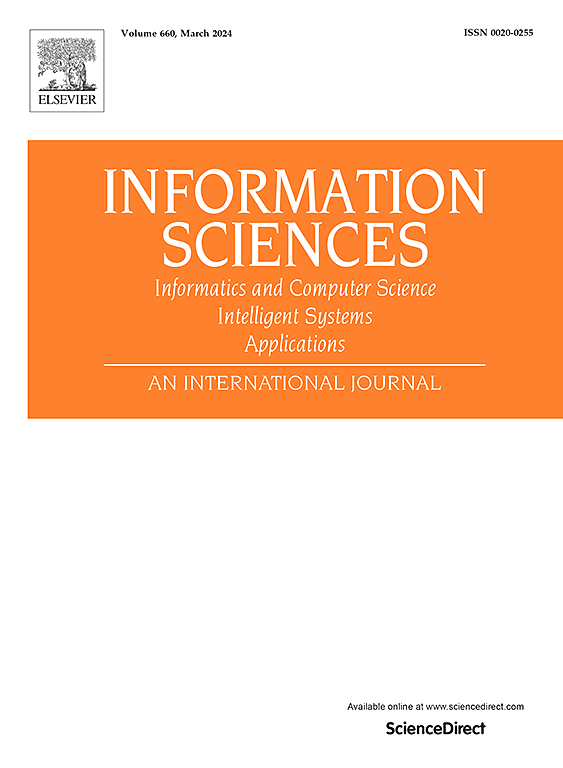Learning to mine all minimal evidences for unverified claims
IF 6.8
1区 计算机科学
0 COMPUTER SCIENCE, INFORMATION SYSTEMS
引用次数: 0
Abstract
Mining evidences is crucial in checking unverified claims. Most existing methods usually find a single evidence expressed by a set of sentences to verify a given claim. However, treating a set of sentences as unique evidence is insufficient or even misleading, e.g., when it involves both supporting and refuting information. Besides, gathering evidence from different perspectives helps us better analyze and understand the claim. In this article, we suggest mining all irreducible evidences for supporting or refuting a claim, where we treat a minimal set of sentences in the given text corpus for either the support or the refutation as an irreducible point of view and call it a minimal evidence. We develop a neural-symbolic framework to mine all minimal evidences. It exploits a logical algorithm to compute all minimal evidences one by one, where every minimal evidence is computed through two neural models scorer and reasoner learnt from the annotated minimal evidences. Experimental results demonstrate that our framework is effective in finding multiple minimal evidences for both textual and structural claims. Furthermore, we investigate several implementation combinations for scorers and reasoners so as to seek the best practice on our framework.
学习挖掘所有最小的证据,为未经证实的主张
挖掘证据对于核实未经证实的声明至关重要。大多数现有的方法通常是通过一组句子来找到一个单一的证据来验证一个给定的主张。然而,将一组句子视为唯一的证据是不充分的,甚至是误导性的,例如,当它同时涉及支持和反驳信息时。此外,从不同的角度收集证据有助于我们更好地分析和理解这一主张。在本文中,我们建议挖掘所有不可约的证据来支持或反驳一个主张,我们将给定文本语料库中支持或反驳的最小句子集视为不可约的观点,并将其称为最小证据。我们开发了一个神经符号框架来挖掘所有最小的证据。它利用一种逻辑算法逐个计算所有最小证据,其中每个最小证据通过从注释的最小证据中学习的评分器和推理器两个神经模型计算。实验结果表明,我们的框架在寻找文本和结构声明的多个最小证据方面是有效的。此外,我们研究了评分器和推理器的几种实现组合,以便在我们的框架上寻求最佳实践。
本文章由计算机程序翻译,如有差异,请以英文原文为准。
求助全文
约1分钟内获得全文
求助全文
来源期刊

Information Sciences
工程技术-计算机:信息系统
CiteScore
14.00
自引率
17.30%
发文量
1322
审稿时长
10.4 months
期刊介绍:
Informatics and Computer Science Intelligent Systems Applications is an esteemed international journal that focuses on publishing original and creative research findings in the field of information sciences. We also feature a limited number of timely tutorial and surveying contributions.
Our journal aims to cater to a diverse audience, including researchers, developers, managers, strategic planners, graduate students, and anyone interested in staying up-to-date with cutting-edge research in information science, knowledge engineering, and intelligent systems. While readers are expected to share a common interest in information science, they come from varying backgrounds such as engineering, mathematics, statistics, physics, computer science, cell biology, molecular biology, management science, cognitive science, neurobiology, behavioral sciences, and biochemistry.
 求助内容:
求助内容: 应助结果提醒方式:
应助结果提醒方式:


